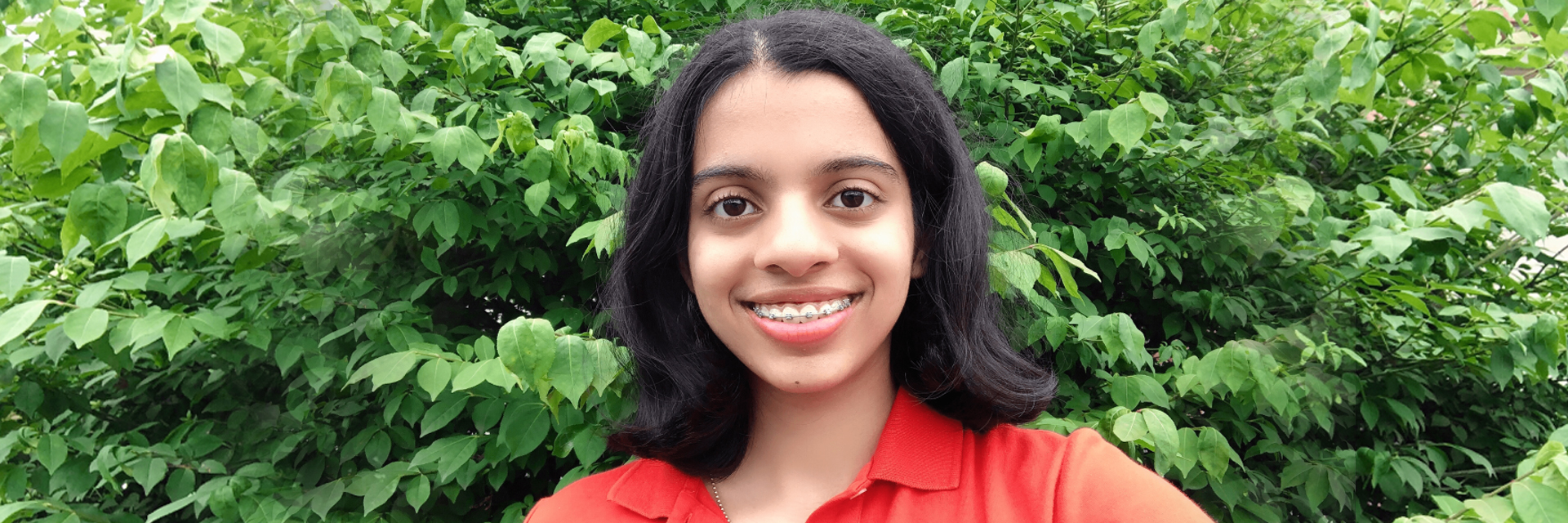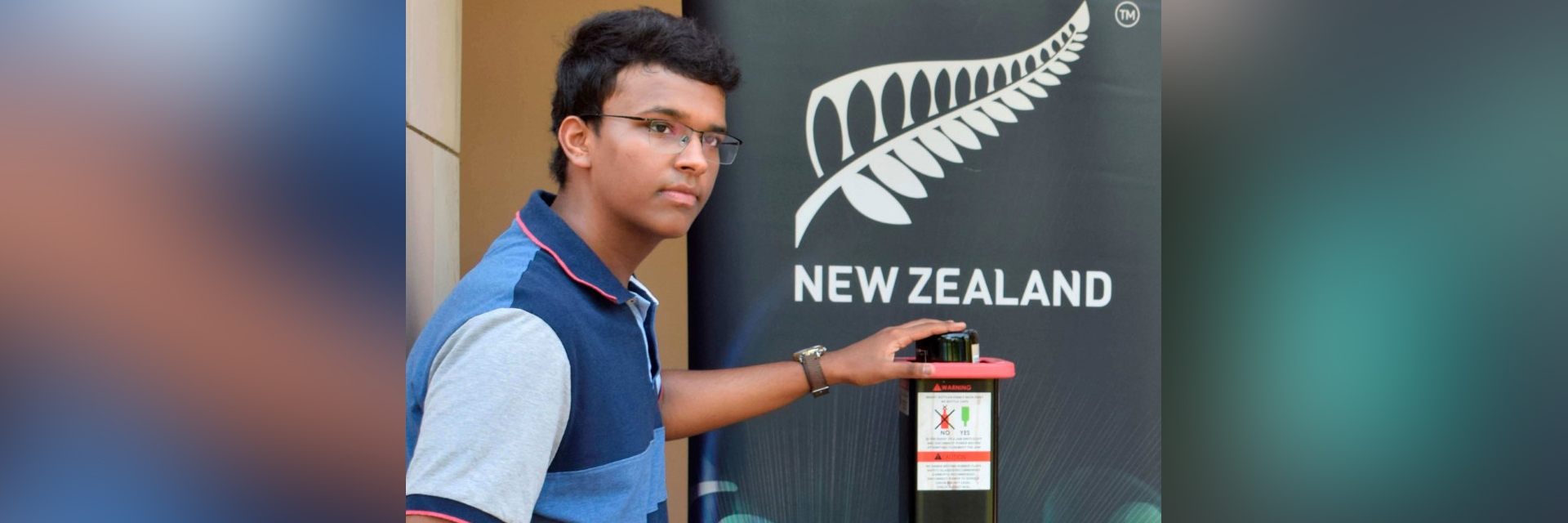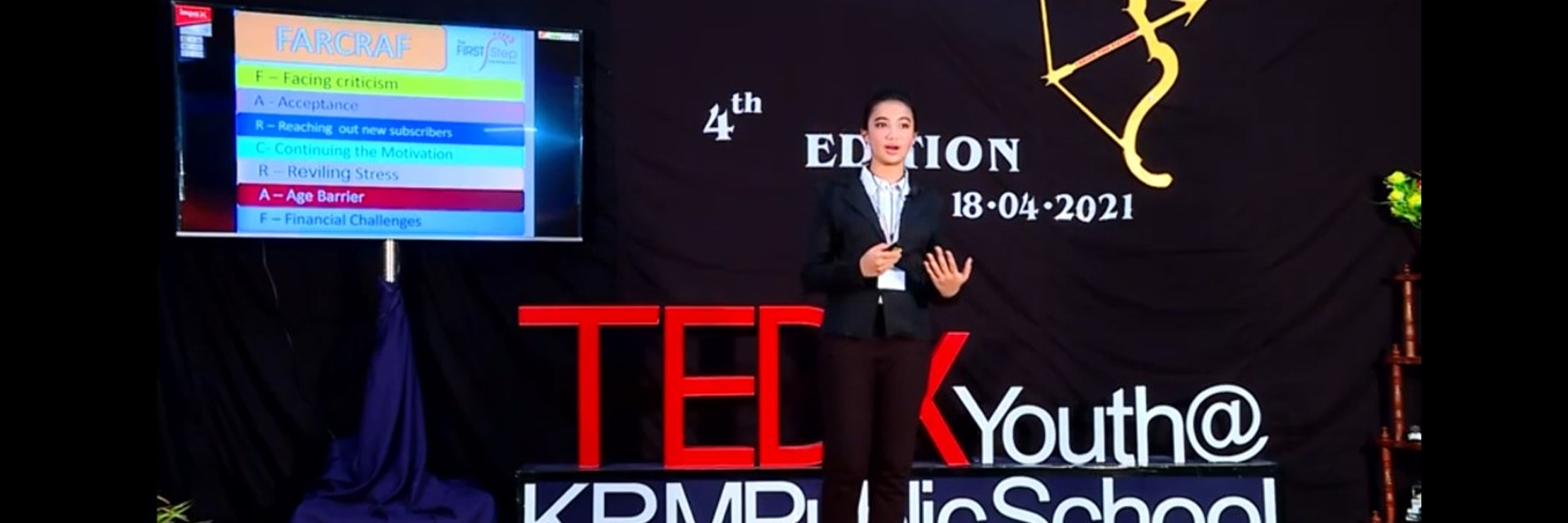US-desi teen inventor Neha Shukla invented sixfeetapart to inculcate social distancing when the pandemic started. The girl whose face graced the Nasdaq screen in Times Square shares her specially curated and written first bi-montly column on innovation as she explores STEM with INNOVATION UNCOVERED
(February 5, 2022) Welcome to the first edition of Innovation Uncovered! I’m Neha Shukla, a teen scientist and inventor passionate about using technology for social change in my community. I invented SixFeetApart, a wearable social-distancing device to slow the spread of COVID-19 among many other innovations. An advocate for youth and girls in innovation, I hope to take you through the latest trends in innovation and technology twice a month, sharing advice for how Indians of all ages can get started with innovation and problem-solving, and exploring my thoughts on the future of education for young people. Let’s get started!
Tech Trends: Exploring the Metaverse
We all have been hearing the buzzword metaverse prominently ever since Facebook rebranded itself to Meta back in October 2021. But what is metaverse? The metaverse is essentially a virtual world where people can interact, work, shop, and so much more. And you could categorise the metaverse into three main categories: virtual reality, augmented reality, and virtual environments. Virtual reality or VR is where you put on a headset and experience an immersive world where you can interact with virtual objects and move around in the virtual world. And with new haptic technologies, you can physically feel virtual objects through sensations and motions from haptic devices.
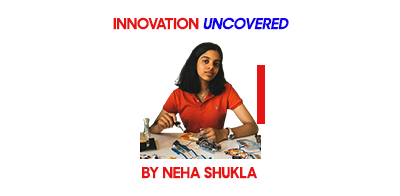 You might have heard of Meta’s Oculus headset or the affordable Google Cardboard that interfaces with a smartphone. These devices help you step into the virtual world and feel an immersive experience. Augmented reality or AR is where computer-generated objects and 3D graphics are overlaid on top of the physical world. Using a phone camera, you can overlay images of Pokemon GO on the environment around you, or use Snapchat AR lens filters to see 3D graphics overlaid on your face. Virtual worlds are more loosely defined. Many traditional games are considered metaverses, where users can communicate with each other, buy “skins” or clothing for their digital avatars, and so much more. These platforms are entirely digital, where there are entire social networks and economies for virtual products, like clothing or accessories for 3D avatars. Platforms like Roblox, Fortnite, Sandbox, and others are prime examples of these virtual worlds.
You might have heard of Meta’s Oculus headset or the affordable Google Cardboard that interfaces with a smartphone. These devices help you step into the virtual world and feel an immersive experience. Augmented reality or AR is where computer-generated objects and 3D graphics are overlaid on top of the physical world. Using a phone camera, you can overlay images of Pokemon GO on the environment around you, or use Snapchat AR lens filters to see 3D graphics overlaid on your face. Virtual worlds are more loosely defined. Many traditional games are considered metaverses, where users can communicate with each other, buy “skins” or clothing for their digital avatars, and so much more. These platforms are entirely digital, where there are entire social networks and economies for virtual products, like clothing or accessories for 3D avatars. Platforms like Roblox, Fortnite, Sandbox, and others are prime examples of these virtual worlds.
Opportunities in the Metaverse from the US-desi teen inventor
So what are the opportunities within the metaverse? The metaverse has been used by artists such as Lil Nas X and Ariana Grande for virtual performances watched by millions of young users, as well as by companies like Nike to showcase new products. The benefit of using the metaverse is that large audiences of users can experience a company’s products, without the company worrying about logistics, giving an international audience the ability to experience branding like never before.
The fashion industry is beginning to join the metaverse movement as major companies are starting to display their products and clothing on virtual models. And companies are taking this a step further by offering virtual “skins” or clothing for users’ 3D avatars, and profiting from limited-edition and rare skins. Companies like Vans, Nike, Ralph Lauren, Balenciaga, Gucci, and others are partnering with metaverse platforms and embracing this new wave of virtual worlds and virtual customers.
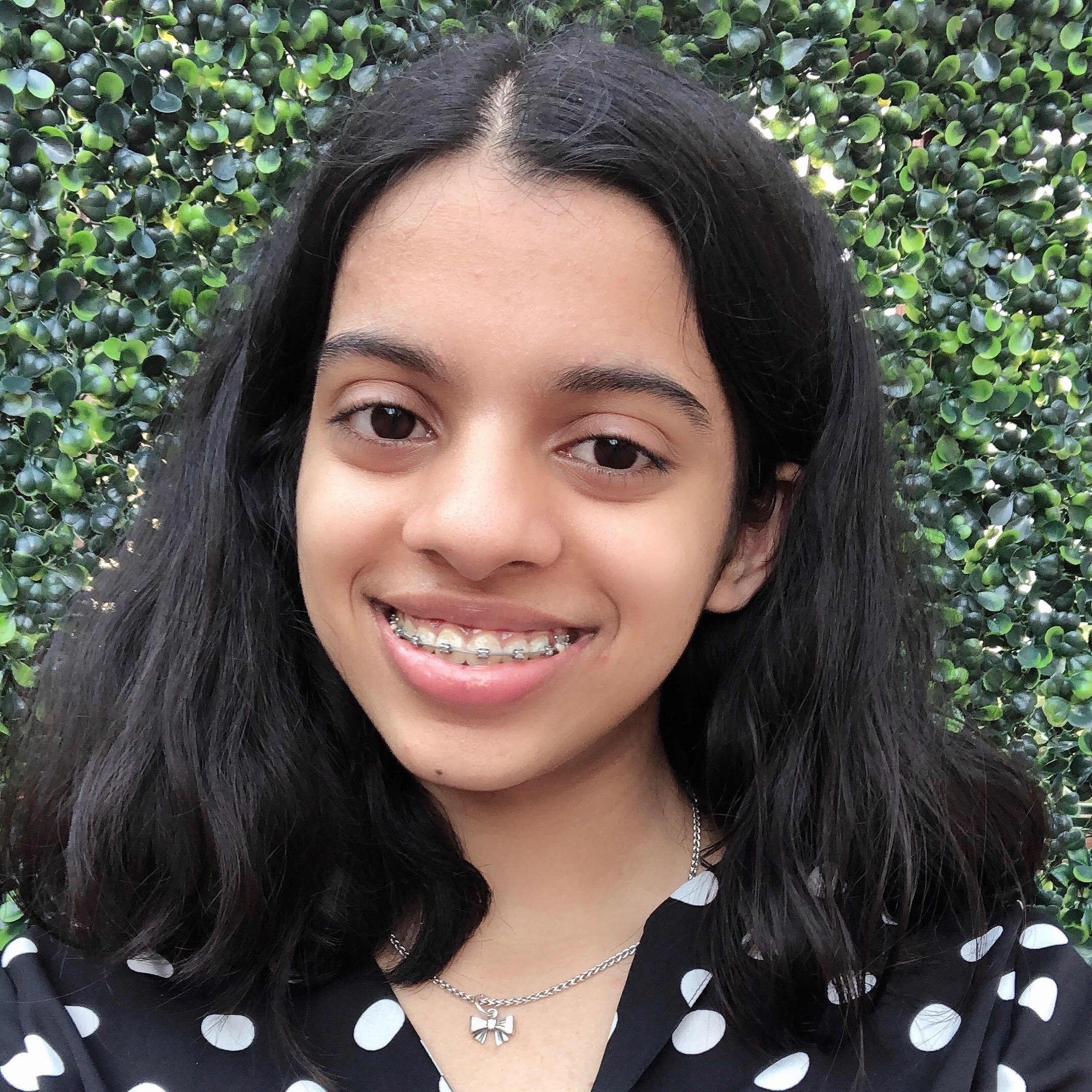

My thoughts on the future of innovation and education
As a US-desi teen inventor, I see a massive opportunity for education using the metaverse and tools like VR and AR. Companies can use the metaverse to help students communicate with each other during the pandemic and online education, especially to develop social and emotional communication skills. Virtual reality headsets could be a great tool for children with developmental disabilities like ADHD or learning disabilities where they might need some support in learning communication or social-emotional skills. Having a platform where students can interact with 3D avatars, learn social cues, and have positive interactions with peers could be a revolutionary concept to support these students.
Another big opportunity for the metaverse in education is in helping students learn through immersive experiences in subjects like biology or history. Companies can create 3D models of the cell and its membranes or a historical battlefield, where students can use tools like an Oculus Headset or a Google Cardboard to see the inside of the cell in 3D or step into a scene from the Civil War. By using VR and bringing the metaverse into the classroom, we can give students immersive experiences to be able to understand complex concepts.
Advice for Indians starting their innovation journey
Are you a young person excited to begin innovating and working with technologies like VR and AR to create a positive impact on your community? Or are you an adult looking to support your budding young innovator?
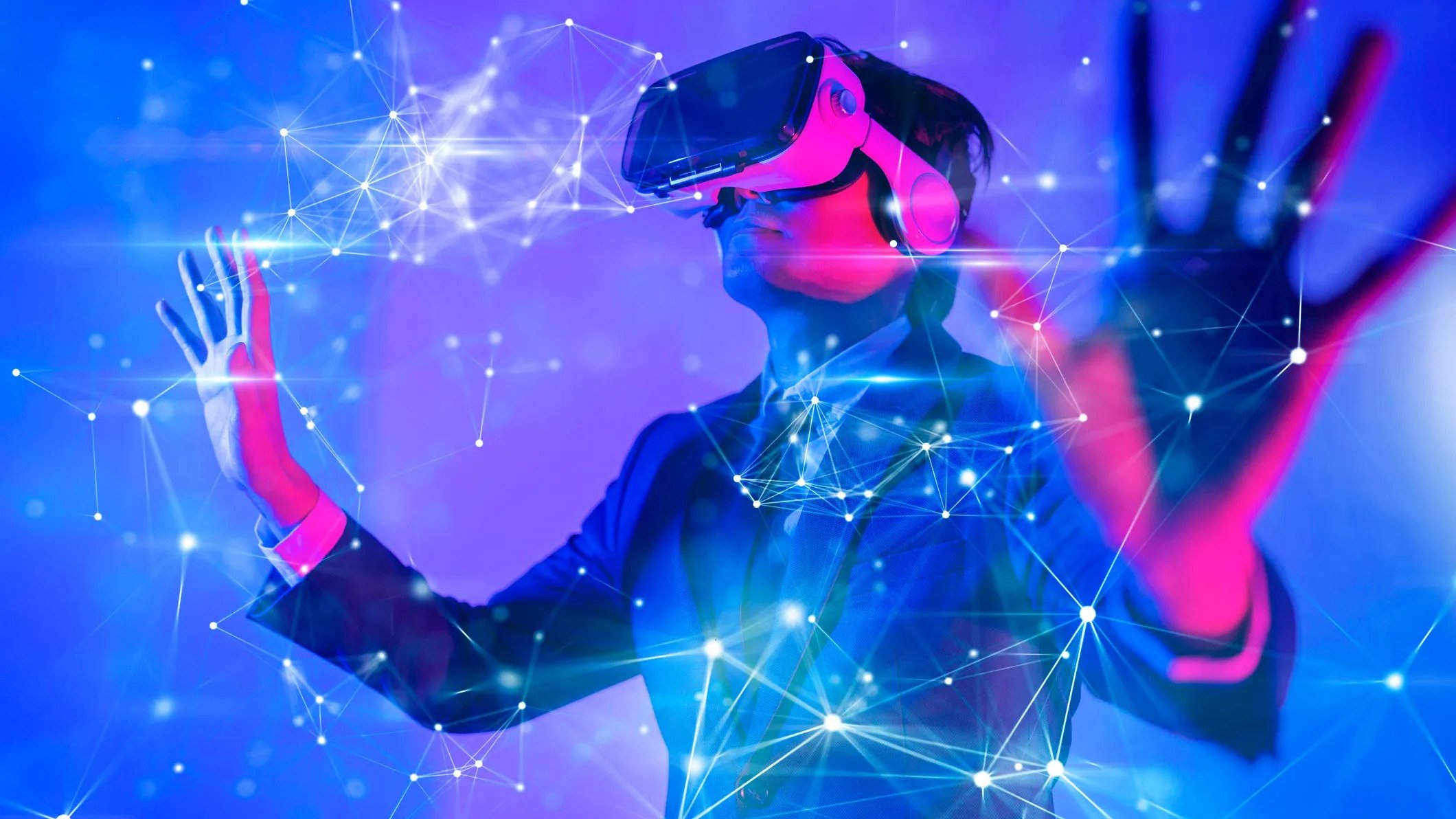

As a US-desi teen inventor, my advice to any young person who wants to get involved with STEM (science, technology, engineering, and math) is to find a real-world problem that you’re passionate about solving. This could be anything, from a small problem in your local community to a large global issue. Find a real-world problem you care about, and connect it with your passions and interests to get started today! Maybe you’re passionate about sports like soccer, so you combine your passion with the real-world problem of concussions in sports to create a new helmet to prevent injuries.
Like this, you can start looking for intersections of your interests and real-world problems to begin creating an impact. And I encourage any adults, teachers, or parents out there to say “yes” to any young person who asks for help. Whether it’s providing mentorship for a student every month or simply believing in a student, you have the power to be an inspiration, a mentor, and a guiding force for young people today. So use your experience and wisdom to help nurture a young innovator, because who knows – they might end up creating life-saving innovations one day! And if you’re an organisation looking to engage students in innovation and problem-solving, I run free global innovation and STEM workshops for students K-12 and have impacted over 52,000 students to date. So feel free to sign up for a workshop from your school or organisation, where I’ll share my simple three-step innovation framework for students and go through live interactive innovation activities.
(The writer is a Global Teen Leader 2021, has won the Diana Award and the National Presidential Service Award. Her workshops have impacted over 52,000 students, and her debut book, Innovation for Everyone: Solving Real-World Problems with STEM will be released in the summer of 2022. Follow her at: https://www.neha-shukla.com/)

